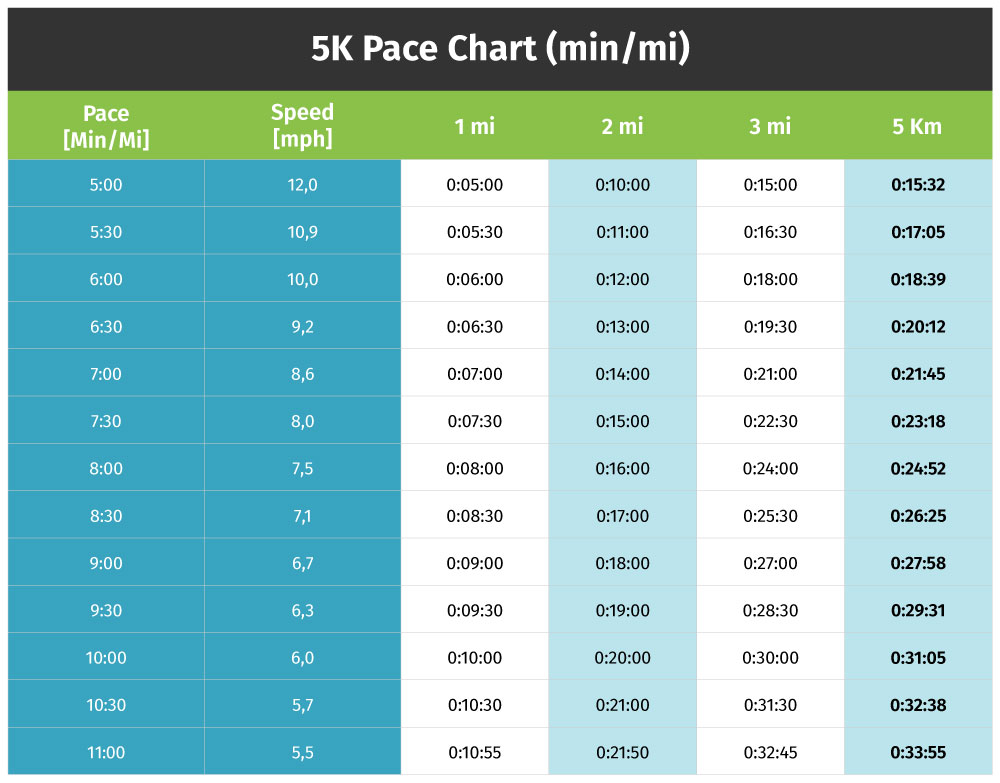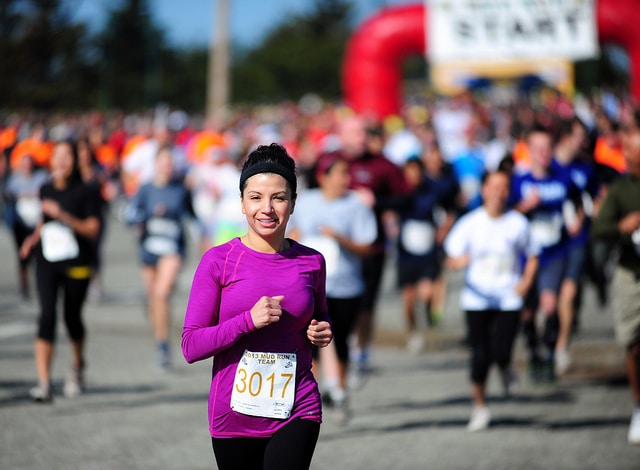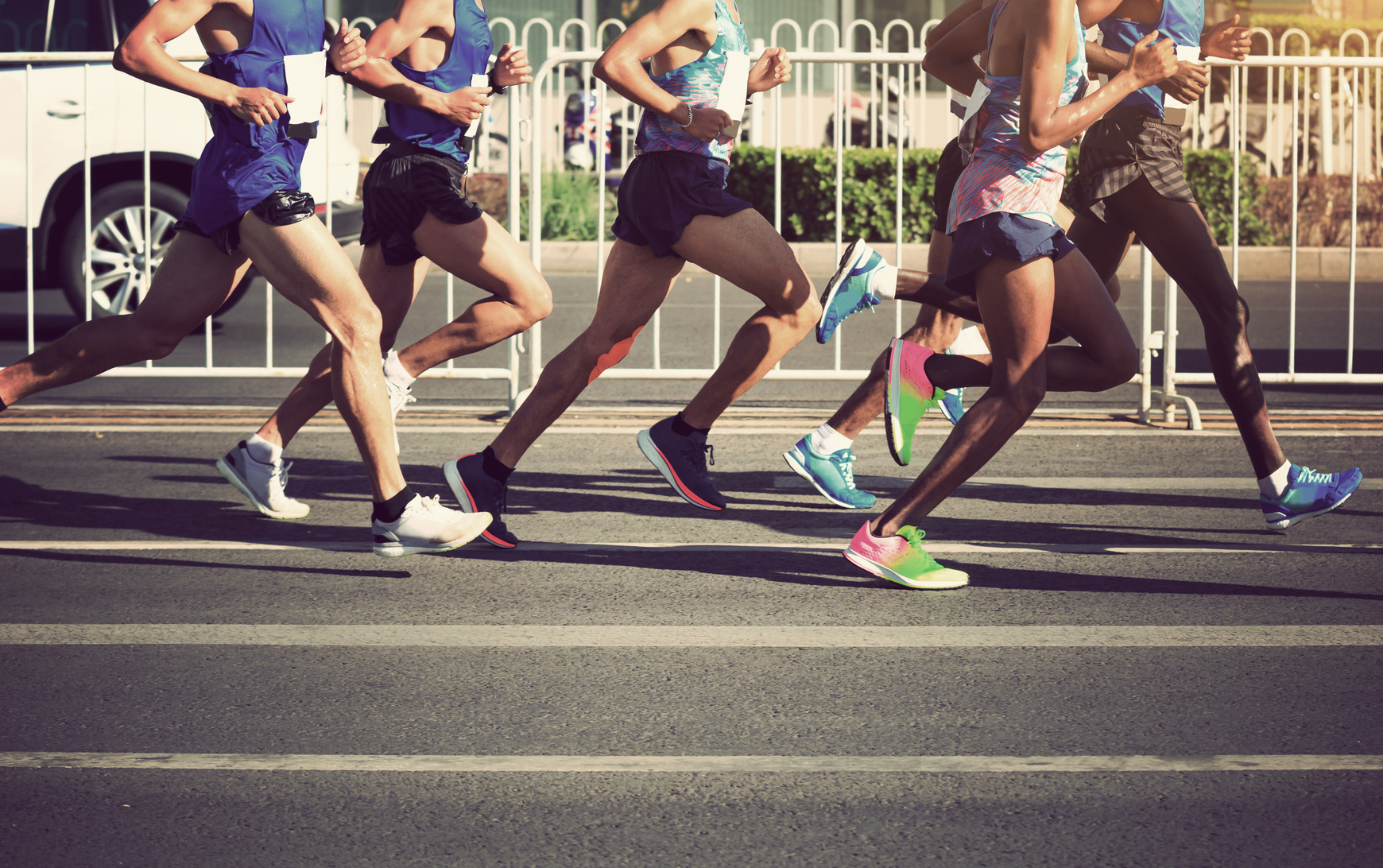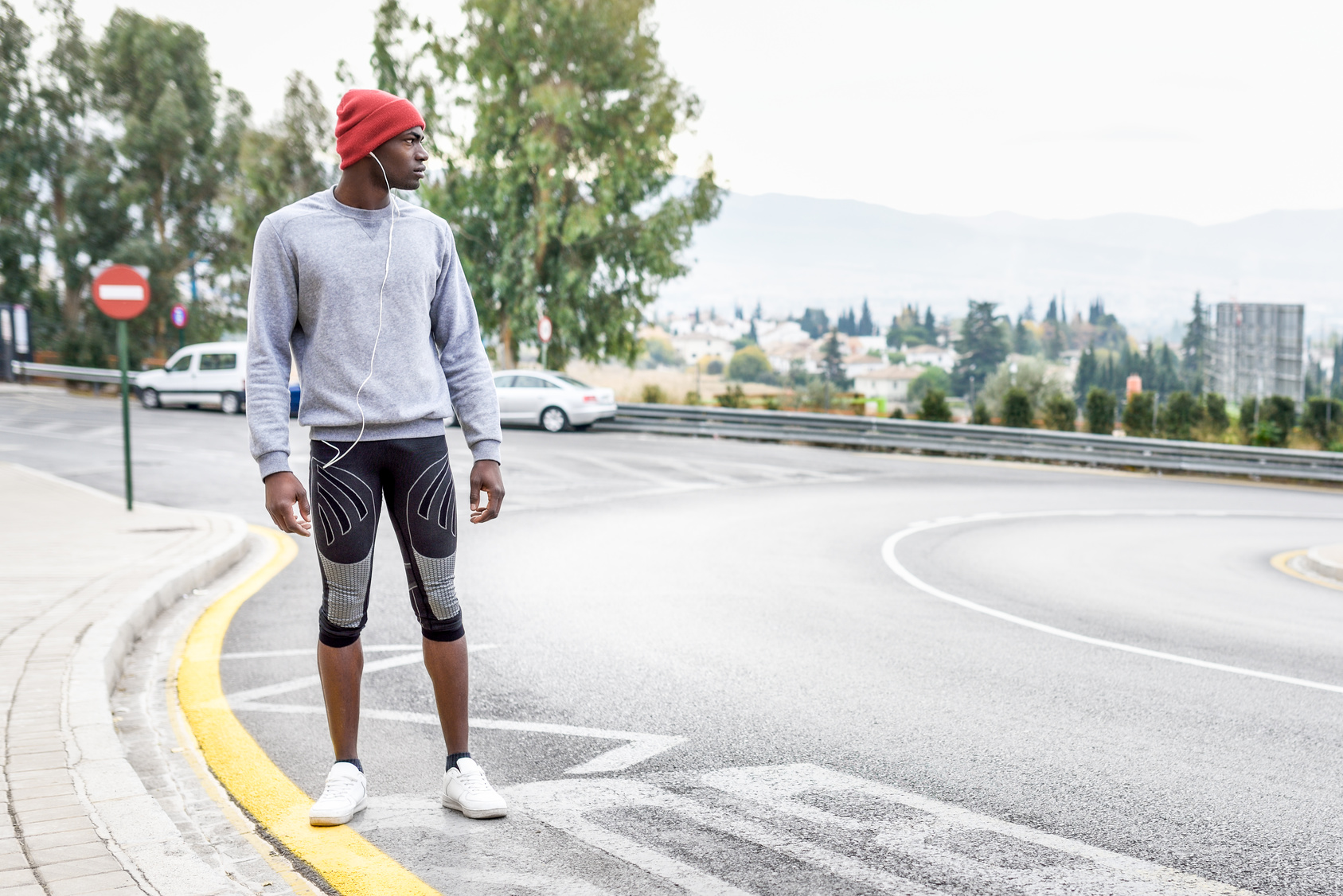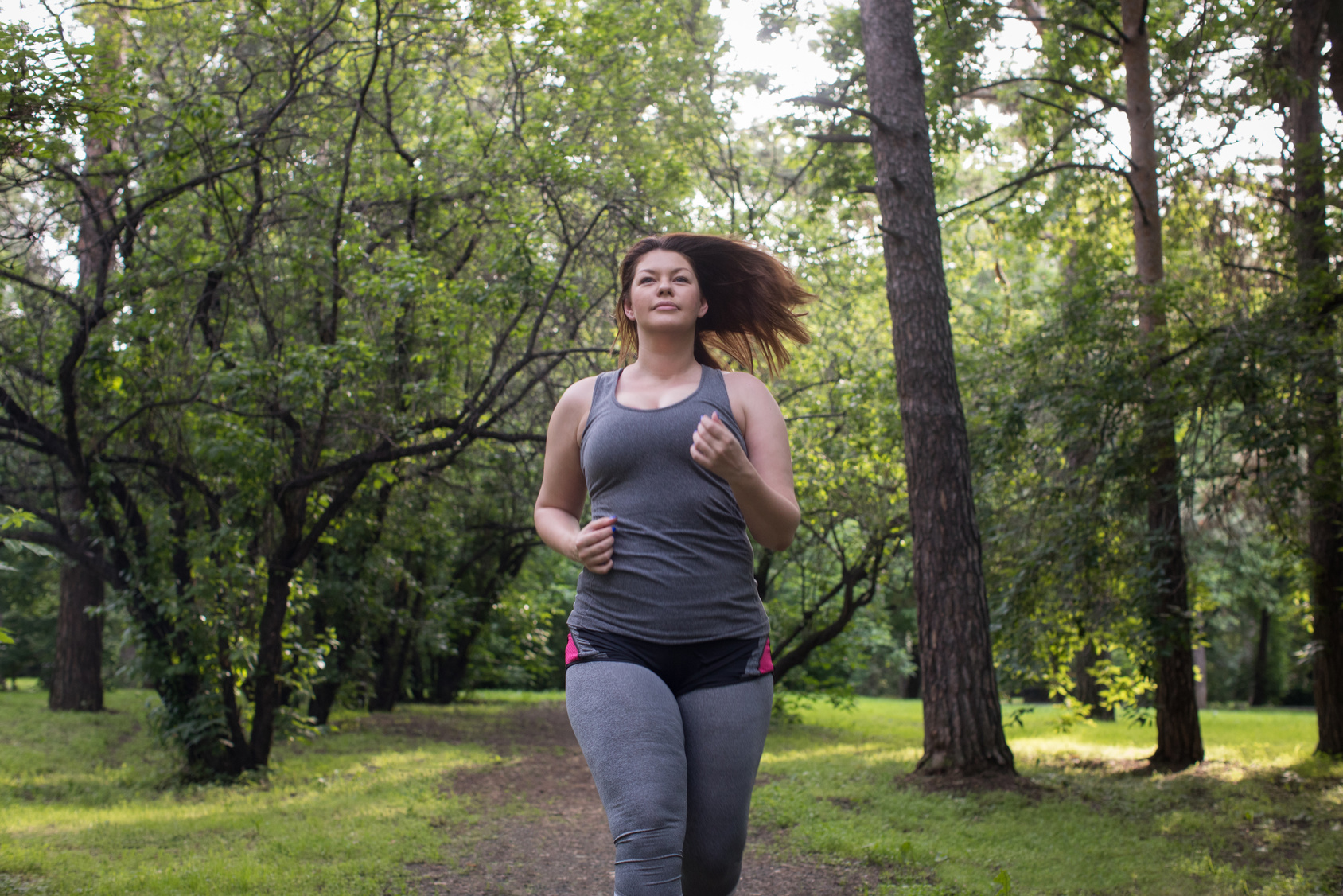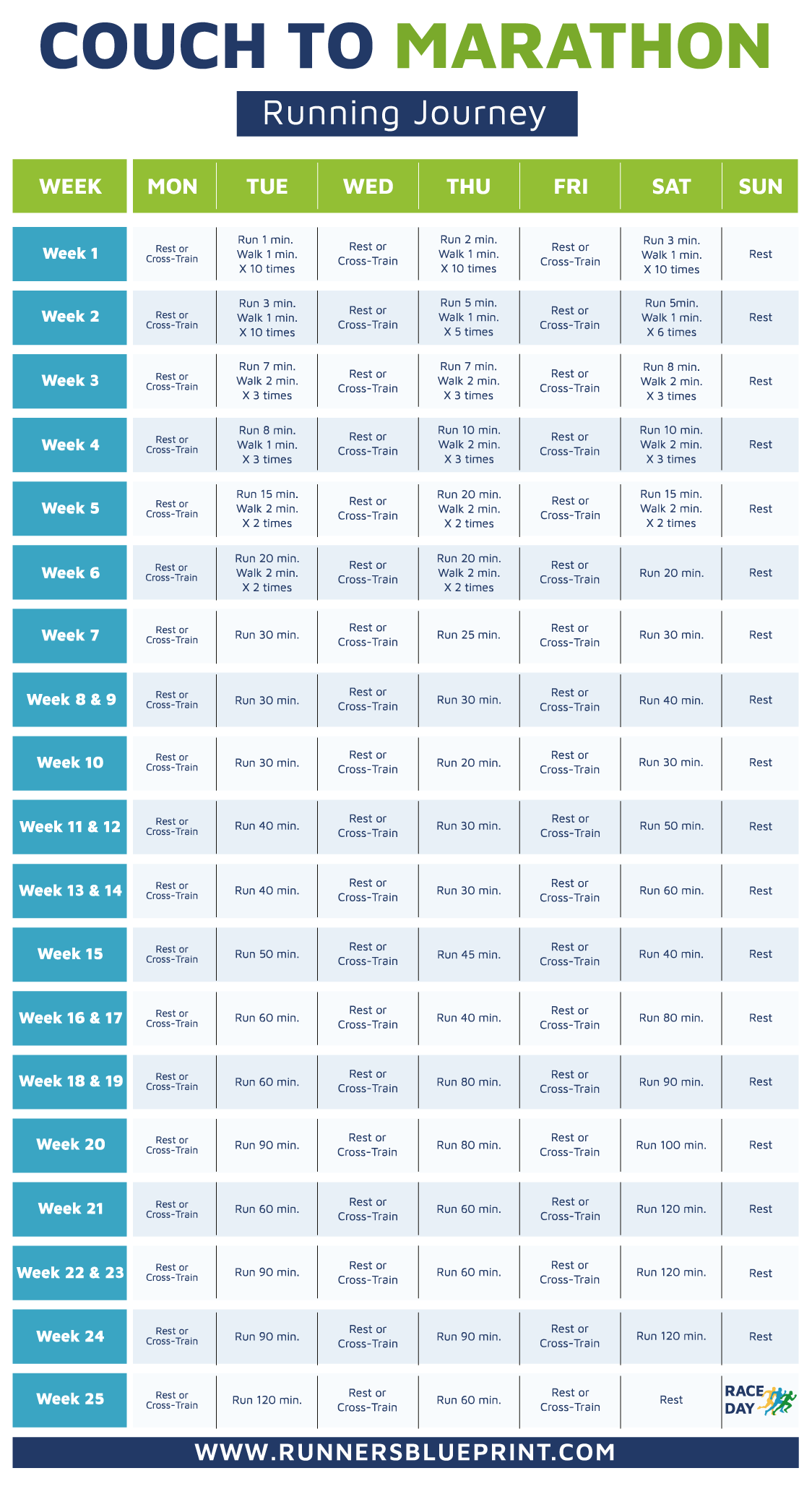Are you ready to lace up your shoes and hit the pavement? Then it’s time to talk about one of the most popular road races out there – the 5K.
In case you’re wondering, a 5K is just 3.1 miles – easy peasy, right? That’s why it’s such a hit among runners who want to avoid the agony of training for a half or full marathon.
Plus, the race is over in a flash, so you can get back to doing important things like watching cat videos on YouTube.
But if you’re considering adding a 5K to your list of feats, you might be wondering how long it takes to finish it.
And let’s face it; no one wants to be the slowpoke of the race.
Don’t fret, my friends! In this article, I’ll be your guide to everything 5K-related. Specifically, I’ll cover:
- What’s 5K In miles?
- The average 5K pace
- How long it takes to run a 5K
- The average 5K time by age
- How to train for a 5K
- How to improve your 5K times
- Fastest 5K time
- And so much more
And trust me, knowing this stuff will definitely come in handy when you’re trying to impress your running buddies (or potential significant others).
Without further ado, Let’s dive into the world of 5Ks.
How Many Miles is A 5K – The Exact Distance
First off, have you ever wondered how long a 5K is? Well, the “K” in 5K stands for kilometers, so technically, a 5K is 5 kilometers long.
But, if you still use the imperial system, don’t worry – I’ve got you covered.
A 5K race is precisely 3.1 miles long, which is a great distance for newbie runners to conquer. And let me tell you, it’s an achievement that you’ll be proud of!
To put that distance into perspective, a 5K is equivalent to running 45 laps around a baseball diamond or the length of 45.5 football fields, including both end zones.
But wait, there’s more!
Did you know that a 5K is also the equivalent of running the length of an NBA basketball court over 174 times?
Sure, that’s a lot of running, but don’t let it scare you off. With some dedication and training, anyone can conquer a 5K race.
Note – Keep in mind mile markers are used on the racecourse instead of kilometers markers in the U.S. You can also learn more about marathon distance here.
5Ks Are Great
It’s not a surprise that the 5K is so popular – in fact, according to a Running USA survey, almost 9 million people in the U.S. registered for a 5K race in 2019.
That’s a whole lot of people putting their running shoes to good use. (But let’s be real, the pandemic did put a damper on races in 2020 and 2021, but things are starting to pick back up.)
So what’s the secret behind this success?
The best thing about 5Ks? They’re perfect for anyone, whether you’re a beginner runner or a seasoned pro.
And with a little bit of training, you too, can conquer this race. Seriously, it’s only 3.1 miles – a distance that’s totally doable for most people, especially if you have a decent level of fitness to start with.
But here’s the best part: 5K races are everywhere and take place all seasons! In fact, you can find a nearby event almost any time of year. And if you’re a complete beginner, don’t worry – I’ve got you covered with my couch to 5K running plan.
Additional resources – The running a 5K in 30 minutes.
How Long Does It Take To Run A 5K?
So how long does it take for an average runner to run a 5K?
30 minutes?
45 minutes?
Or longer?
I know, I know, you’re dying to find out if you’re a tortoise or a hare.
But, as you can already tell, there’s no one-size-fits-all answer.
It’s like asking how long it takes to cook a steak.
Well, that depends on how thick it is, whether you like it rare or well-done, and if you’re using a grill or an oven. You get the point, right?
But don’t worry, I won’t leave you completely in the dark. Let’s start with the basics. An average runner could take anywhere from 30 minutes to over an hour to finish a 5K.
However, if you want to know what’s considered a good time, you should aim for under 25 minutes. And if you can do that, then give yourself a pat on the back because you’re crushing it!
5K in Miles – The Average 5K Pace
On average, men finish a 5K race in about 35 minutes, while women take about 42 minutes. But hey, we all have our own pace, and as long as you’re out there giving it your all, that’s what matters.
The keyword here is a beginner.
Runners with years of experience might be able to run a 7- or 8-minute mile pace, completing the race in 20 to 25 minutes.
Check the chart below for more:
Average 5K Time By Gender
Now, let’s talk about gender. Men tend to be faster than women, which is why we have separate categories for men and women in sports. And the reason biological males identifying as females are causing so much trouble in female competitions. It’s not fair. At. All.
Average 5K Time By Age
Age is also a factor. Younger runners tend to be faster than older ones, but that doesn’t mean you can’t still crush it in your golden years. Just don’t be surprised if you don’t have the same speed as you did in your prime.
And finally, for all you stat junkies out there, there’s age-grading.
This is a fancy way of leveling the playing field for all runners, regardless of age and gender. So don’t let age hold you back from hitting that personal best!
 Terrain and Weather Conditions
Terrain and Weather Conditions
Some other factors that can influence performance include:
- Your height
- Your weight
- Your running shoes
- Your mental game
- Your motivation
- Your warm-up routine
- And so much more.
How Does Speed Affect Your 5K Time
To estimate the time it takes to complete a 5K race, the runner’s pace must be considered.
Let me give you some concrete examples:
- If you run a 5-minute mile 5K, you’ll finish it in 15 minutes, 30 seconds.
- If you run a 6-minute mile 5K, you’ll finish it in 18 minutes, 35 seconds.
- If you run an 8-minute mile 5K, you’ll finish it in 24 minutes, 48 seconds.
- If you run a 10-minute mile 5K, you’ll finish it in 31 minutes.
- If you run a 12-minute mile 5K
The 5K race is impacted by various factors, including terrain and weather conditions. A flat terrain allows for a consistent and steady pace, while extreme temperatures and precipitation can affect the speed at which the race is completed.
To Conclude – The Average 5K Time Time For a Beginner
As a beginner runner, aim to complete a mile in roughly 10 to 12 minutes. This means clocking in the race in 30 to 40 minutes.
If you just took up running, you may be more comfortable doing a mix of running and walking, to begin with.
Planning to walk the whole distance? No problem. It’ll take you about 15 to 20 minutes to walk a mile. If your brisk walk, you should be able to complete a 5K in around one hour.
5K in Miles – Average 5K Time For Intermediate
Intermediate runners, specifically those who run 15 to 20 miles per week and have been doing it for more than a year, can expect to clock in a 5K at 22 to 25 minutes.
This is roughly an average speed of 7- to 9-minute per mile over the course.
5K in Miles – Average 5K Time For Advanced Runners
If you’re logging up to 50 miles per week and have been doing it for a relatively long time, then you’re an advanced runner.
Typical elite running plans involve plenty of speed work, such as intervals and fartlek, as well as distance running.
With proper training, it’s possible to finish a 5K race between 15 to 18 for men and 18 to 21 for women.
Of course, chances are you are not going to take the gold at this 5K pace, but you’re definitely at the top of the top when it comes to running competing in this distance.
Average 5K Time By Age – Winning Times
The chart below explains in detail the exact finish time you’ll want to aim for if you’re looking to cross the finish line first at a 5K event.
The Fastest 5K Time
The current world record time for men is held by Kenenisa Bekele at 12:37.35, and Tirunesh Dibaba holds the record for women at 14:11.15. Runners can rate themselves based on their completion time, with finishing times ranging from 12 to 14 minutes indicating an Olympic-level athlete and times above 40 minutes indicating an unfit beginner.
Rating Yourself
If you already have experience running 5K races, then you can also rate yourself.
If you finish a 5K in:
- 12- to 14-minute – You’re an Olympic-level athlete.
- 14- to 18-minute – You’re one of the best runners in the world.
- 18- to 22-minute – You’re very competitive and faster enough.
- 22- to 25-minute – You are an average runner.
- 25- to 30-minute – You’re fit enough to run.
- 30- to 40-minute – You’re a complete beginner.
- Above 40 minutes – You are unfit but trying to run. We all have to start somewhere, right?
Measuring Your 5K Pace
Measuring Your 5K Pace To measure your running pace, there are a variety of tools available, including apps and fitness trackers that can log your speed and distance.
If you’re training on a treadmill, you can also manually set your running pace and adjust it as you become stronger and fitter.
5K Running tips – How To Improve your Times
Although the 5K race is relatively short, the 3.1-mile distance is still a challenging feat to accomplish without proper preparation. Here are some practical ways to help you achieve your best 5K time:
Build Gradually
To get faster, focus on building up slowly over a few weeks or months.
Don’t try to chew more than you can swallow—or else you’re going to hurt yourself.
As a beginner, set aside at least 8 to 12 weeks of training before you stand on the starting line of the race.
In the early weeks, start with 20 to 30-minute sessions at a slow pace, then gradually increase duration and intensity as you get more fit.
That’s the golden rule of getting fit without getting hurt.
I’d recommend that you start with a walk/run program like this one.
You should also complement your running by doing low-impact exercises such as cycling, weight lifting, swimming, ad elliptical training.
Are you more advanced? Then Try the following 5k training plans
Interval Training
Once you can run at a slow pace for 30 to 40 minutes without panting for air, start doing some interval training.
Interval Training involves pushing yourself as hard as possible for a set time, followed by a rest period, and repeating the process. For example, run for two minutes at a slightly faster 5K pace, followed by two minutes of slow jogging as recovery. Do this five times for a total of 20 minutes.
Have A Pacing Strategy
Keeping a consistent pace is challenging during a race, especially when you add in factors such as racing vibe, other runners, terrain, fatigue, wind, etc.
For this reason, plan for a flexible pacing strategy to help you achieve your average goal pace.
The strategy I’d recommend is to do a negative split—this means running the second of the race faster than the first. Still confused?
It’s actually quite easy.
All you have to do is to start the race easy, then finish it strong, but do it in a planned and well-thought-out manner.
Here’s a breakdown for a 10:00 mine per mile average pace
- Mile One – 10:30 MPH
- Mile Two – 10:00 MPH
- Mile Three – 9:30 MPH
- The last portion (0.11 mile) – As Fast As You Can
How Many Miles in a 5K – The Conclusion
Congratulations on taking the first step towards your 5K journey! Remember, it’s not about the finish time, it’s about the journey.
Whether you cross the finish line in record time or at a leisurely pace, completing a 5K is an accomplishment to be proud of.
Now that you know what a 5K is in miles, it’s time to lace up your shoes and hit the pavement.
Don’t wait for tomorrow, start training today! Embrace the challenge, push your limits, and don’t forget to have fun along the way.
If you have any questions or want to share your progress, don’t hesitate to leave a comment below.
Thank you for stopping by and we wish you the best of luck on your 5K journey!


